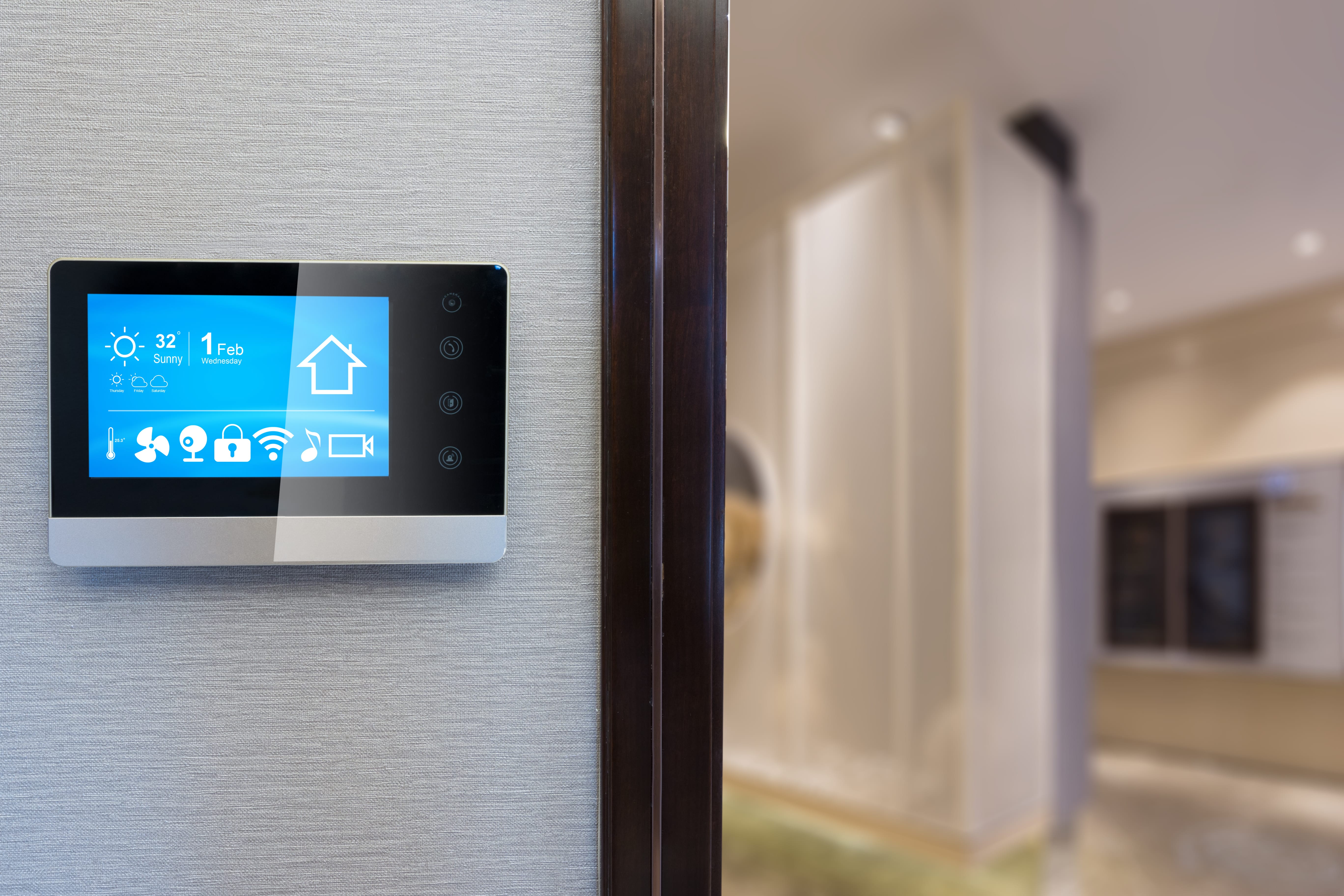Texans know heat, but it’s the humidity that makes summer truly uncomfortable. Understanding how to reduce humidity in house environments is essential to protecting your comfort, your health, and home energy efficiency.
Even with a strong AC system, excess humidity in house spaces can still build up, leading to mold, mildew, and high electricity costs. In this guide to moisture control, we break down the causes of household moisture, the signs to watch for, and how to lower humidity in house spaces effectively.
What Is Considered High Humidity?
Indoor humidity above 60% is usually too high. When household moisture reaches that level, it can lead to mold, mildew, and dust mites.
According to ENERGY STAR®, the ideal indoor humidity level is between 30% and 50% in the summer and between 25% and 40% in the winter. However, the best humidity level for your home will depend on the season and the room. For example, bedrooms should have about 50% humidity regardless of the time of year to help reduce allergens and other irritants.
Too much humidity can also damage your home over time. It can warp your floors, crack paint, and weaken insulation. That’s why knowing how to reduce humidity in house environments is important for both comfort and protection.
How Do I Know If My Home Has High Humidity?
Signs of high humidity levels can be as simple as the feeling in the air. You may feel a heavy, warm atmosphere or notice windows fogging. Sometimes it helps to leave your house briefly and come back to get a fresh perspective and notice if anything feels overly humid. If you can smell a musty odor, that is a result of moisture levels building up in your home.
Here are more signs to look for that your house has high humidity levels:
- Foggy windows or condensation on mirrors and pipes
- Musty odors in bathrooms, basements, or closets
- Peeling paint, damp walls, or soft wood shelves
- Creaking floors or warped trim
- Physical symptoms like headaches, fatigue, or difficulty breathing
If you’re wondering how to lower humidity in house environments, start by using a hygrometer (humidity monitor) to check indoor levels. If the reading is above 50%, you can lower humidity by running your air conditioner, using a dehumidifier, or improving airflow with fans and open vents.
What Causes Household Moisture to Build Up?
Excess humidity in house environments can come from a mix of indoor habits, building materials, and even your local climate. Common causes include poor home ventilation, frequent cooking or showering, and oversized air conditioning units.
In humid areas like Texas, household moisture can build up quickly. If your home is sealed too tightly or your AC unit is too large, it may cool your home too fast and shut off before it can remove enough moisture. This short cycle leads to excess humidity in house spaces and puts more strain on your system over time.
One of the most common signs of high humidity is moisture building up on windows. Some condensation is normal, especially when warm indoor air hits cold glass, but if moisture forms between the panes and won’t wipe away, that’s a sign of larger humidity problems.
{{CTA-thermostat-right-plan}}
How to Lower Humidity in House Environments
Fortunately, there are multiple ways you can control humidity and moisture levels inside your house, from purchasing equipment to making larger upgrades.
1. Dehumidifiers
If you’re struggling with excess humidity in house zones like bedrooms or laundry rooms, a dehumidifier can make a major difference. While small dehumidifiers are available for high-humidity rooms, such as basements, you can also purchase larger dehumidifiers for your entire home. These devices work best when placed away from walls and other items in the room, which allows air to flow more easily.
2. Proper Ventilation
Improving home ventilation is one of the simplest ways to reduce household moisture and maintain safe humidity levels. Focus on areas where moisture builds up quickly, like bathrooms, kitchens, and laundry rooms.
Use exhaust fans while cooking or showering, and keep them running for several minutes afterward. If your home doesn’t have built-in fans, open a window or run a ceiling fan to help move humid air out.
3. Air Conditioning Systems
Your AC helps cool your home and reduce humidity. But to do that well, it needs to be the right size.
If it’s too big, it may cool the space too fast without removing enough moisture. Regular maintenance helps your system run longer cycles, which improves household moisture control.
A well-sized, efficient AC is one of the easiest ways to lower humidity in your house.
4. Weatherstripping & Caulking
To help prevent excess humidity in house spaces, start by sealing off areas where air can leak in or out. Weatherstripping helps make your home more airtight and prevents air from escaping and humid air from getting inside. In warmer climates like Texas, weatherstripping is especially important for keeping indoor spaces more comfortable.
Similar to weatherstripping, caulking seals smaller gaps to keep humid air from seeping in and treated air from escaping. It’s typically used around windows, seams, and areas with plumbing like sinks, toilets, and tubs where moisture is common.
5. Insulation
Good insulation prevents moisture intrusion and supports temperature control. If you live in an older home, you may need to add insulation to keep humid air out and ensure your HVAC system doesn’t have to work as hard to maintain the temperature.
6. Interior Adjustments & Lifestyle Changes
In addition to these larger changes, smaller adjustments and new habits can help you learn how to reduce humidity in house:
- Install ceiling fans
- Clean air conditioning ducts and filters regularly
- Set the fan on your AC unit to “Auto” instead of “On”
- Paint walls instead of using wallpaper or vinyl wall coverings
- Consider replacing rugs and carpet with tile or wood flooring
- Take shorter, cooler showers
- Make sure your gutters and downspouts are clean
- Have a professional regularly inspect your roof for loose shingles and deterioration
- Store firewood outside
Why It Matters to Manage Humidity
Knowing how to lower humidity in house environments protects your home and your family’s health. Whether you deal with excess humidity in house corners, mildew-prone bathrooms, or sticky bedrooms, taking these steps now can prevent costly humidity problems later.
Gexa Energy is proud to serve Texans with helpful tips and electricity plans that support comfort, efficiency, and peace of mind at home. Contact us today to find your best plan.






































